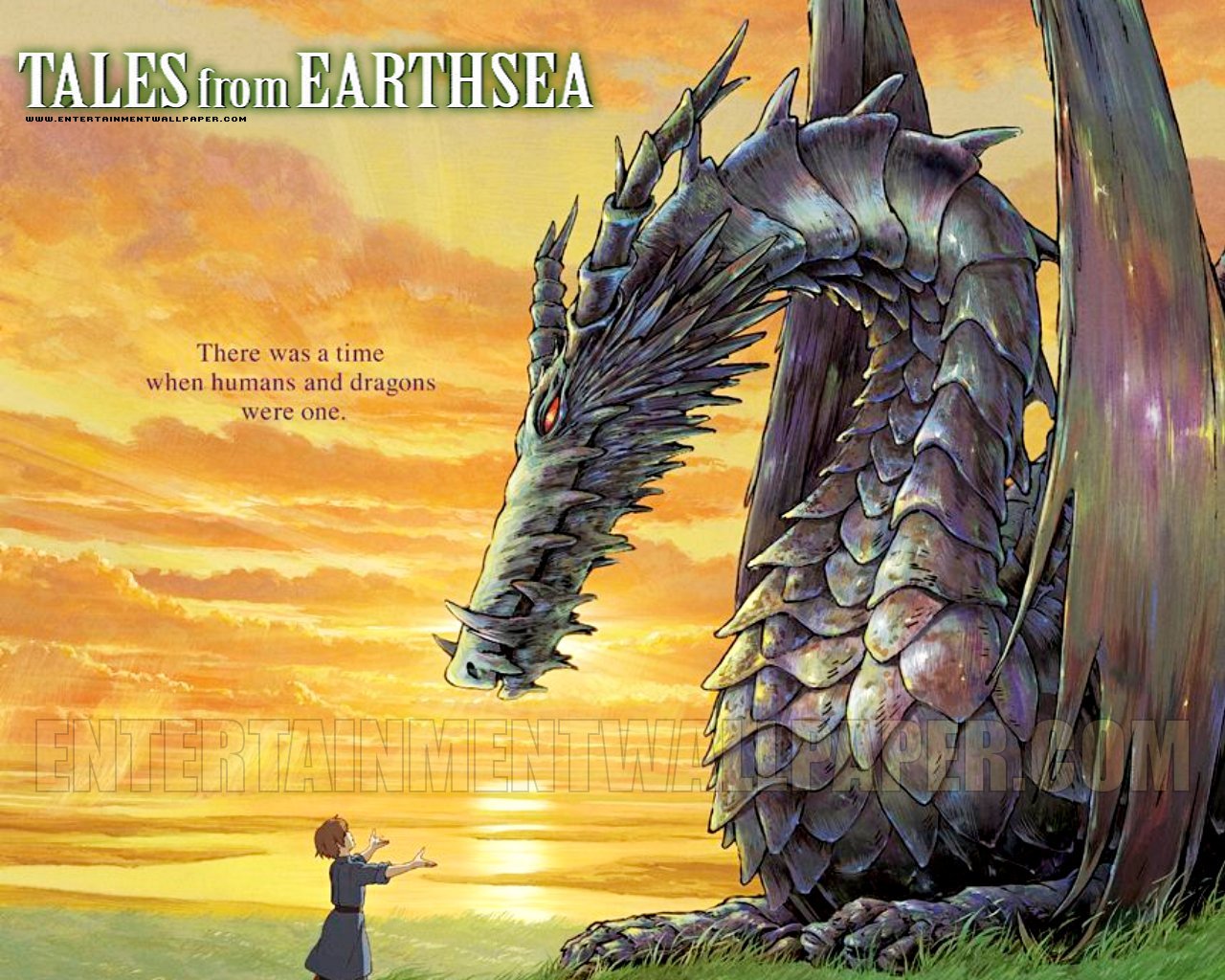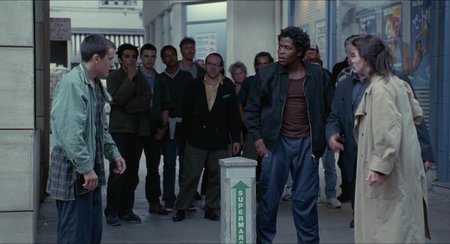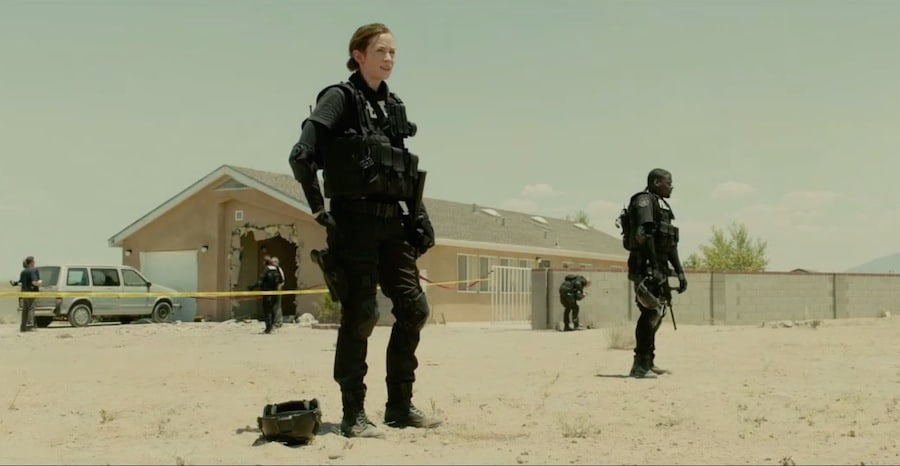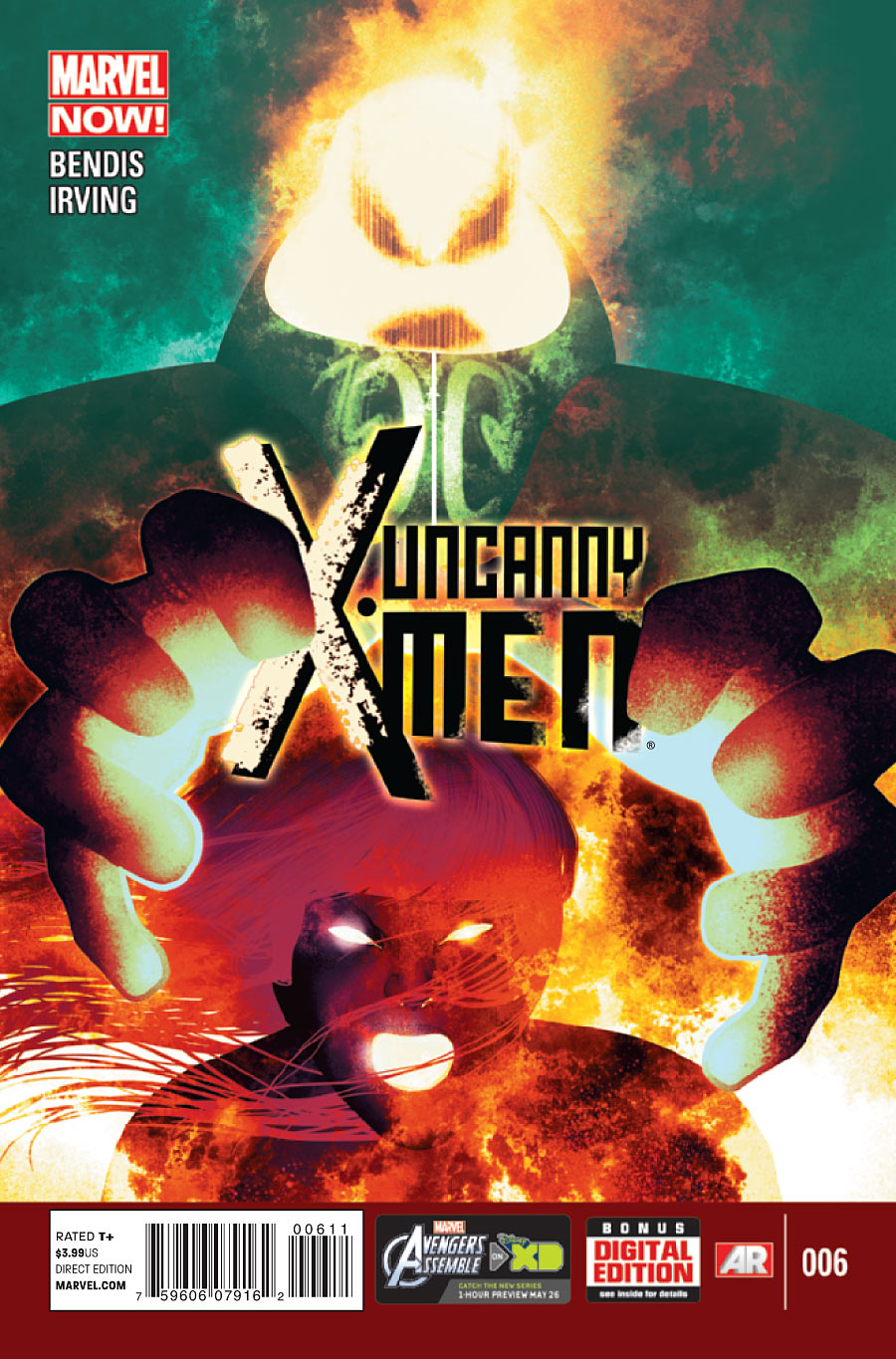Directed by Goro Miyazaki
The logo for Studio Ghibli depicts a Totoro, the affable guide spirit from Hayao Miyazaki’s 1988 classic. But more than just reminding us of a one-time merchandising juggernaut, this larger-than-life creature could also be considered a stand-in for Miyazaki himself: being the head honcho mega-genius behind most of the anime studio’s successes, Totoro’s appearance signifies to many Miyazaki’s inimitable presence. However, with Tales From Earthsea this is not totally the case. Because here, Totoro is not the one who’s taking us on a journey; in essence, it’s the little mini-Totoro on top. Hayao Miyazaki’s son, Goro Miyazaki, is the brain behind this Ursula K. LeGuin adaptation, and like the little spirit, he even reportedly went “over the head” of his father in order to strike out on his own and make his first feature. Unfortunately (yet fittingly), the result of this action ends up proving right every cautionary tale about the hubris of sons to ever come out of the East.
That hubris even has a place in Earthsea, which opens with a Scream-like trick protagonist change between the two. From the King of Earthsea’s perspective, we learn everything we need to know about the kingdom and the current predicament it’s in—suddenly dragons are being spotted fighting each other when they never have before, livestock are dying everywhere, and people are coming down with a mysterious fever. Once that exposition’s out of the way, Daddy’s cleared out of the story by his son, the knife-happy Prince Arren, our very tortured teenage hero. Clearly, Goro Miyazaki is no stranger to the whole stand-in concept himself.
From there, the story attempts to refocus on Arren and a third protagonist, the arc-mage Sparrowhawk (Timothy Dalton), who saves Arren from a pack of wolves 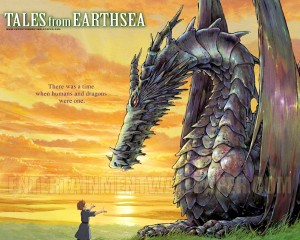 in the desert and takes him on as an undefined travel companion. Apprentice? Friend? Exposition partner? We are never sure, but either way the transition is non-existent and the film never quite recovers, or even finds a clear story to tell with the pair. Essentially, Sparrowhawk and Arren travel around Earthsea until they decide to stay with Sparrowhawk’s lover Tenar (Mariska Hargitay) and her angry, but eye-pleasing ward Therru, all while vague trouble (way more evil than killing you own dad, apparently) brews in the form of Lord Cob (Willem Dafoe).
in the desert and takes him on as an undefined travel companion. Apprentice? Friend? Exposition partner? We are never sure, but either way the transition is non-existent and the film never quite recovers, or even finds a clear story to tell with the pair. Essentially, Sparrowhawk and Arren travel around Earthsea until they decide to stay with Sparrowhawk’s lover Tenar (Mariska Hargitay) and her angry, but eye-pleasing ward Therru, all while vague trouble (way more evil than killing you own dad, apparently) brews in the form of Lord Cob (Willem Dafoe).
“Vague” because even though a lot of time is seemingly spent setting up the horrors of Earthsea and some kind of imbalance, we never get to see a shred of it. What is the world like now and what was it like when there wasn’t a Lord Cob? Furthermore, what was the world like during the time when “men and dragons were one,” as the history lessons talk about, and which sounds infinitely more interesting?And what about when sorcerers were celebrated instead of being reduced to street vending, in the case of one other exposition partner? There’s so many different status quos mentioned it’s hard to know what they need to fight for and why. Also, things don’t feel too dire either way when you have a villain make convenient proclamations like “I will finish them tomorrow, after they’ve tasted pain and humiliation.”
Even if you have read the books on which they are based, and see the film in its native language (Dalton might be a loss, but you won’t miss anyone else), there are decisions Goro Miyazaki makes scene after scene that scream for seppuku. At one point, Arren overhears Therru singing in a field about love and loneliness, and Arren sheds a single tear, literally. Another problem is the odd use of zooms and computerized flourishes, which are used so effectively in his father’s films, but are thrown around clumsily here, adding no excitement due to extreme lag the action scenes contain otherwise.
 Besides all these little disappointments, however, the biggest shame has to come from the overall regressive depiction of the females; in the wider context of Studio Ghibli and Hayao Miyazaki, who have done so much excellent work in this department, Tales seriously under-delivers. Neither of the two romantic interests get any real identity of their own, and Therru’s characterization especially is only summed up by a burn on her face from years ago. Because of it she appreciates life, and for some reason never given, practically lives for Arren to appreciate it as well. And the end of the movie, when peace is restored, it means the men do the plowing and the women do the sewing and planting, a sad reminder of the wonderful, subversive sewing scene in Hayao’s Spirited Away.
Besides all these little disappointments, however, the biggest shame has to come from the overall regressive depiction of the females; in the wider context of Studio Ghibli and Hayao Miyazaki, who have done so much excellent work in this department, Tales seriously under-delivers. Neither of the two romantic interests get any real identity of their own, and Therru’s characterization especially is only summed up by a burn on her face from years ago. Because of it she appreciates life, and for some reason never given, practically lives for Arren to appreciate it as well. And the end of the movie, when peace is restored, it means the men do the plowing and the women do the sewing and planting, a sad reminder of the wonderful, subversive sewing scene in Hayao’s Spirited Away.
Luckily, just because his son is going backward doesn’t mean Hayao will, having written The Borrower Arrietty, already out in Japan. Upon hearing the first, lushly sung lyric, “I’m 14 years old / I’m pretty” in the trailer it’s staggering how much a difference a clear, confident identity makes in enjoying a movie, whether it be female or male. Earthsea begs for that level of security.
Michael Narkunski
